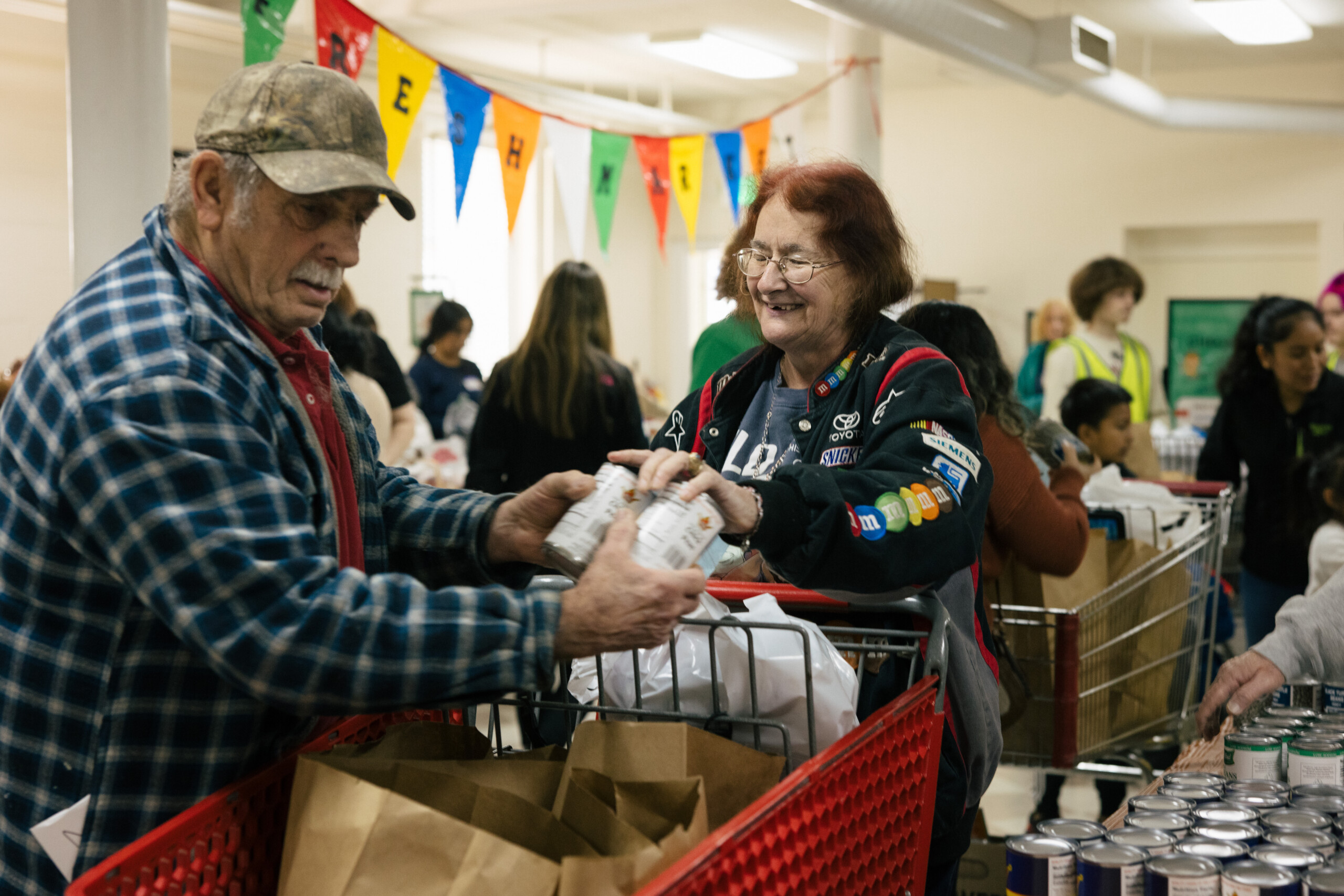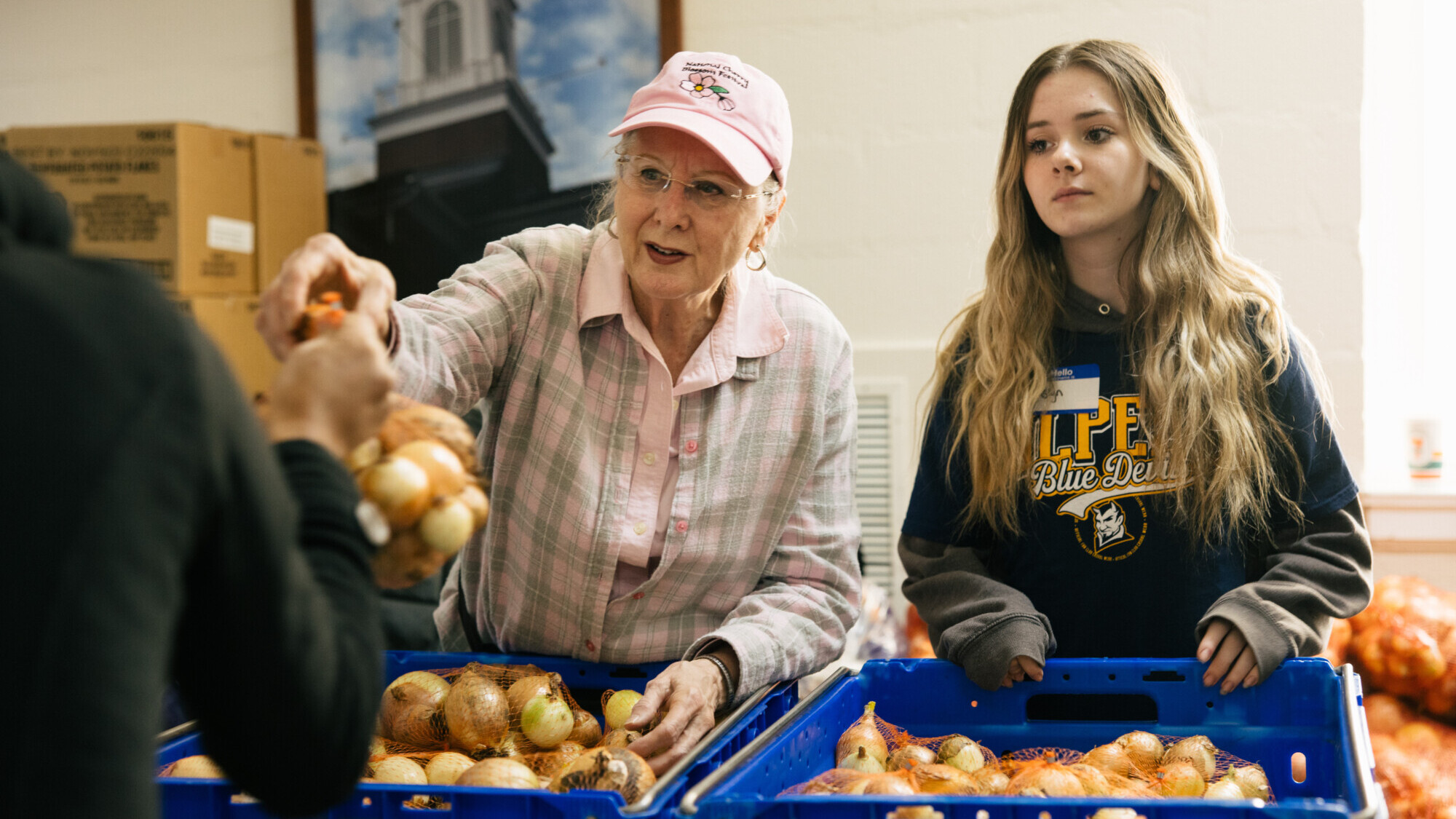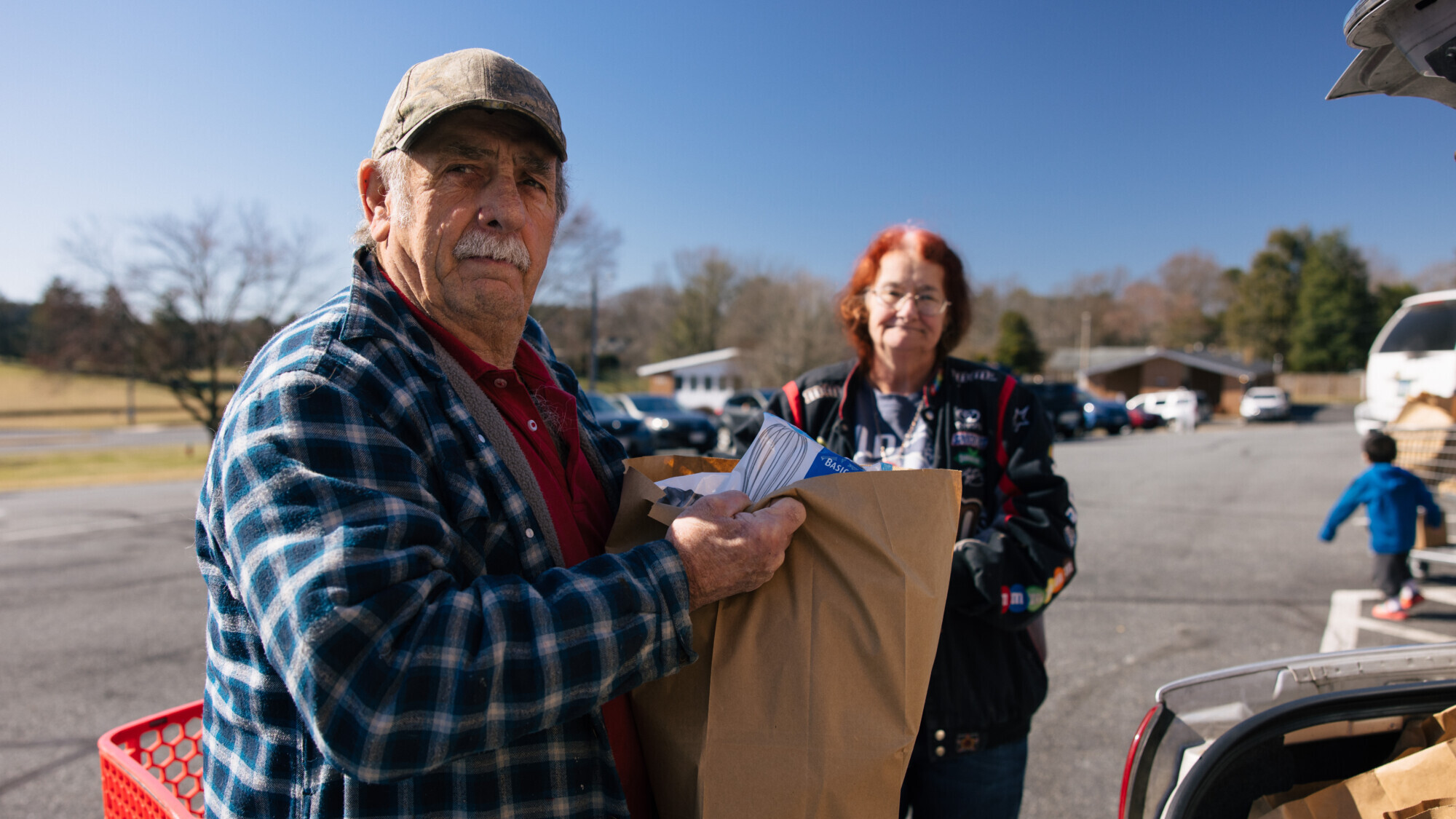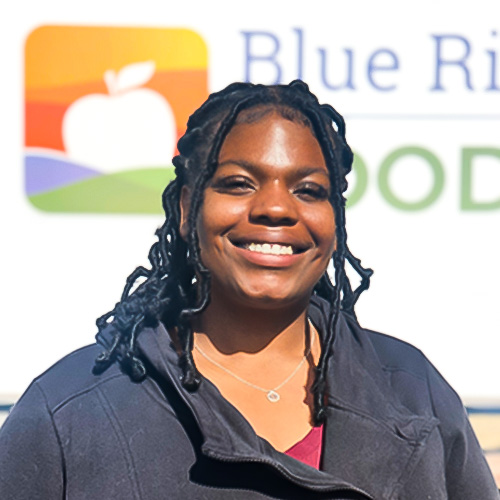One thing we can all agree on is that everyone should have enough to eat. In pursuit of this vision, the Blue Ridge Area Food Bank helps fill the gap between need and what government benefits provide. The most significant governmental hunger-relief program is SNAP (Supplemental Nutrition Assistance Program, formerly the Food Stamp program).
SNAP is the most effective anti-hunger campaign in the U.S., providing food assistance to low-income individuals and families. Seniors are underserved, however. Many low-income seniors who struggle to get by on low, fixed incomes and have unmet dietary needs do not participate in SNAP. For those who do, current benefit levels don’t counter inflation’s effects completely, but they do help put some food on the table.
Seniors are also more likely to have chronic diseases like diabetes, hypertension, and heart disease, which are worsened by malnutrition. These health issues often require expensive medical treatments and can increase healthcare costs for individuals, families, and society as a whole. Our communities are stronger when everyone thrives.

For seniors like Ronald and Michelle, the local pantry is a lifeline when they otherwise wouldn’t be able to afford groceries. When asked what this pantry means to them, Ronald said bluntly, “We eat.” Michelle echoed the sentiment with, “That says it all. We’re able to eat.”
A picture of senior SNAP benefits in Virginia
In Virginia, 69% of eligible older individuals who qualify for SNAP do not participate. It may be due to one or more of the following issues: the stigma of receiving the benefit, transportation issues, or difficulty navigating the application process, which can be complex and time-consuming.
Many seniors, like Ronald and Michelle (pictured), receive Social Security benefits, but the funds aren’t enough to help them afford groceries and all of their other expenses. Sometimes they are forced to decide between paying for food or medicine. Michelle, who has a degenerative disk disease, said that they’ve had to wait for their Social Security check to arrive before paying for her pain medication. “We just don’t get enough money to live,” she said.
No one should have to choose between food and other basic necessities. To help more people get the food benefits they are eligible for, the Food Bank recently hired a full-time staff member to help community members complete the SNAP application process. We’re pleased to report that we’re already making lives better. Here is a story of the first guest we helped through our new program, as told by our Benefits Outreach Manager, Monica Kelley.
SNAP benefits cliff—what’s next?
Since the SNAP pandemic emergency allotments have ended, the average benefit is $6 a day; the minimum amount for a senior is $23 per month. This is happening against a backdrop of historic inflation rates. They increased by 11.5% in 2022 and are projected to climb another 7.5% in 2023.
There is agreement among all political leanings that we can and should do better for underserved populations. When people were informed of the average SNAP benefit received, Liberals (93%), Moderates (88%), and Conservatives (85%) all agreed that SNAP benefits should be increased, according to 2022 AARP Research.
The Virginia Poverty Law Center advocates for increasing the minimum SNAP benefits available to eligible individuals 60+ years of age from $23 to $48 per month to help offset the impact of the recent reductions of pandemic allotments and spiking food prices for Virginia’s most vulnerable residents.

One way to help your neighbors facing hunger is to volunteer at one of our four warehouses, a program distribution, or at one of our partner food pantries. Check out our current volunteer opportunities, or use our Food Finder tool to reach out to a pantry near you.


